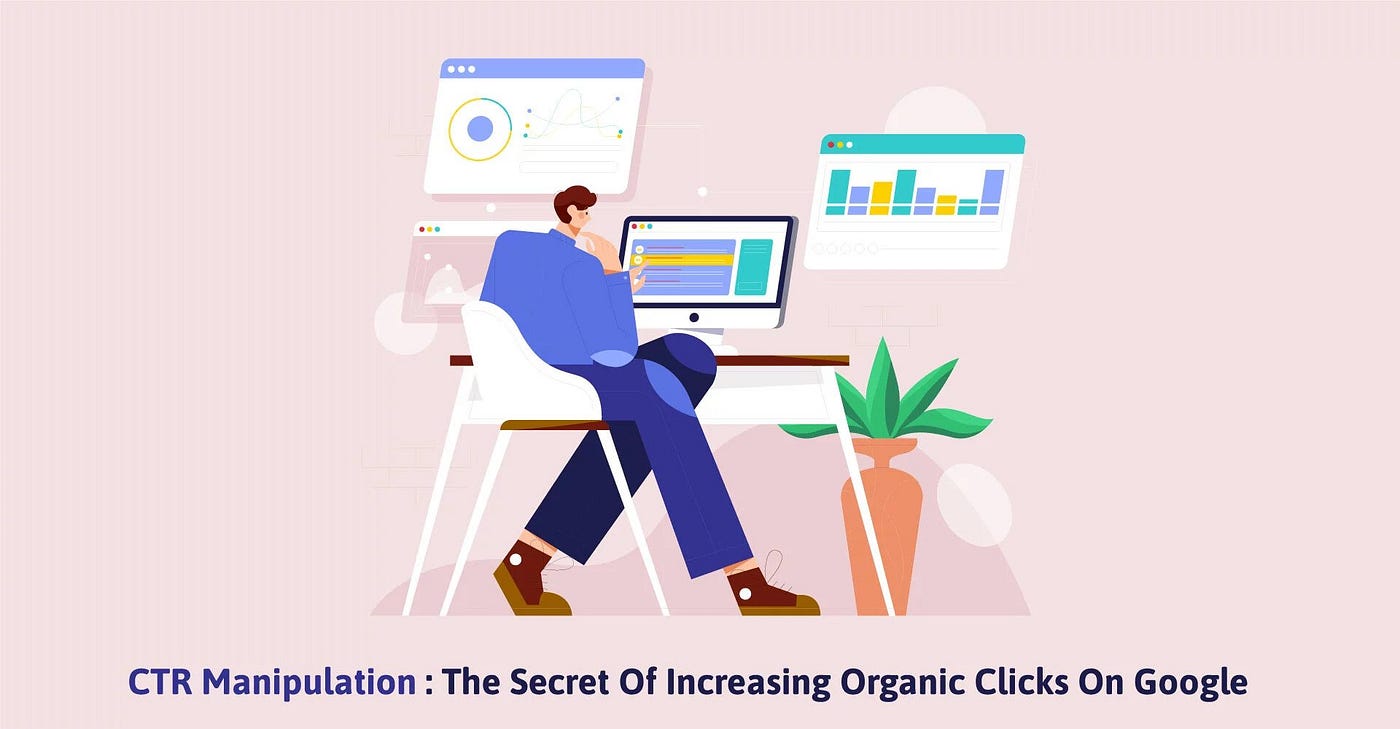Proven CTR Adjustment Techniques for Increased Web Traffic
In today's competitive digital landscape, mastering click-through price (CTR) adjustment methods is crucial for driving boosted web traffic. Efficient approaches include crafting engaging headlines that record interest, using psychological triggers to cultivate engagement, and implementing abundant fragments to boost exposure.
Crafting Compelling Headlines
Although the significance of a well-crafted heading may commonly be underestimated, it works as the crucial initial point of contact between material and target market. An engaging heading has the power to catch interest, produce passion, and eventually affect click-through prices (CTR) To develop an effective headline, one should focus on clearness, significance, and involvement.

In addition, understanding the target market is vital in headline crafting. Tailoring language and tone to reverberate with particular demographics can significantly enhance engagement. Utilizing key phrases relevant to the target market's rate of interests not just aids in search optimization however also strengthens the headline's appeal.
Ultimately, a well-structured headline ought to entice visitors while accurately reflecting the web content that follows, making sure that expectations are fulfilled and trust is developed. In the competitive landscape of digital web content, mastering the art of headline development is crucial for driving traffic and enhancing visibility.
Using Emotional Triggers
Capturing audience interest surpasses simply compelling headlines; it also involves taking advantage of the psychological feedbacks of readers. Psychological triggers can significantly boost click-through prices (CTR) by creating a link that resonates with your audience. By comprehending the core feelings that drive interaction-- such as happiness, concern, shock, and inquisitiveness-- you can craft messages that stimulate these sensations.
For circumstances, headings that trigger curiosity can compel visitors to click due to the fact that they promise to disclose something appealing. Utilizing worry of missing out (FOMO) in your web content can prompt instant activity. Phrasing like "Don't miss out on out on this special offer" interest the necessity and concern of loss, encouraging customers to engage quickly.
Additionally, narration is a reliable method to engage emotionally. By sharing relatable experiences or testimonies, you not only humanize your brand but likewise promote a feeling of empathy with your target market. This psychological vibration can cause increased trust fund and commitment, ultimately supporting greater traffic degrees.
Integrating psychological triggers right into your material strategy not just improves CTR yet likewise cultivates a deeper partnership with your target market, making them most likely to return in the future.
Applying Rich Fragments
Carrying out rich fragments is an effective technique for enhancing find more exposure in search engine outcomes. Rich fragments offer added details past the common title and summary, enabling content to attract attention. They can be especially effective for shopping, dishes, occasions, and evaluations, as they present relevant data directly in the search engine result.
To execute abundant fragments, site proprietors need to make use of structured information markup, which helps search engines understand the web content context. Usual formats include Schema (CTR Manipulation Service).org and JSON-LD. By identifying components such as product rates, customer scores, and cooking times, online search engine can create aesthetically appealing fragments that improve click-through prices (CTR)

It is necessary to monitor the impact of abundant snippets on CTR via analytics tools, making certain the carried out approaches straighten with business objectives. As internet search engine progress, remaining upgraded on the most current structured information guidelines is essential for maintaining an efficient rich fragment technique.
A/B Testing Approaches
A/B screening strategies are crucial for enhancing click-through rates (CTR) by allowing marketing experts to compare various versions of a page or ad to identify which performs much better. This method includes creating 2 variants-- Version A and Variation B-- differing in one crucial element, such as headlines, pictures, or call-to-action switches. By guiding comparable web traffic to both variations, online marketers can assess individual actions and engagement metrics to determine the more efficient option.
To carry out A/B screening effectively, it is vital to develop clear objectives and crucial efficiency indicators (KPIs) before introducing the examination. Selecting a depictive example dimension guarantees that the results are statistically substantial. Additionally, it is important to run examinations for an ample timeframe to account for variations in user behavior.
After gathering data, marketing professionals need to concentrate on meaningful insights rather than shallow metrics. A greater CTR may not always correlate with improved important source conversion rates, so it's important to evaluate the overall impact on business goals. By continuously iterating and improving their strategies through A/B testing, online marketers can enhance their campaigns, leading to improved CTR and ultimately driving even more web traffic to their sites.
Evaluating and Adjusting Performance
Evaluating and adjusting performance is a critical part in maximizing click-through rates (CTR) and total project efficiency. This process involves continuously monitoring vital metrics such as impacts, clicks, and conversion rates to identify fads and locations for improvement. Utilizing logical tools can provide understandings right into user behavior, permitting marketing professionals to discern which components of their campaigns resonate anonymous most with their target market.
Once information is gathered, it is vital to perform a relative analysis of different projects or variations within a solitary campaign. This contrast helps to determine which methods yield the highest possible CTR. Key efficiency indicators (KPIs) need to be established to gauge success and guide future changes.
Changes based on these analyses can include refining ad copy, customizing visuals, or changing targeting criteria to boost involvement. Furthermore, keeping abreast of industry patterns and competitor performance can reveal new chances for optimization.
Eventually, a positive method to evaluating and changing performance guarantees that marketing efforts remain aligned with target market choices, therefore maximizing CTR and driving increased website traffic properly. Normal evaluation cycles and an active attitude are important for sustained success in the ever-evolving digital landscape.
Verdict
In conclusion, the application of proven click-through rate (CTR) adjustment methods dramatically improves internet traffic. Collectively, these approaches not only optimize CTR but likewise add to sustained natural traffic development, developing a robust structure for reliable digital advertising and marketing techniques - CTR Manipulation Service.